When considering the purchase or use of a horse trailer, one of the most important factors to account for is the horse trailer weight. This not only affects the handling of the trailer during transit but also has legal and safety implications. Knowing the weight helps in determining if your towing vehicle is capable of handling the load, which is vital for the safety of both the horses and the driver.
Horse Trailer Weight Chart
A horse trailer weight chart can be an invaluable tool for a quick reference to the range of weights you might expect from different types of trailers. While specific models will vary, such a chart typically outlines the estimated weight range for trailers based on their capacity, such as single, double, or multiple-horse trailers, and construction materials.
Average Weight of Horse Trailer
The average weight of a horse trailer can differ vastly depending on the size, type, and materials used in construction. Generally, you can expect an empty bumper pull trailer designed for two horses to weigh in the vicinity of 2,400 to 3,200 pounds, while larger trailers or those with living quarters can easily weigh upwards of 10,000 pounds.
Horse Trailer Specifications
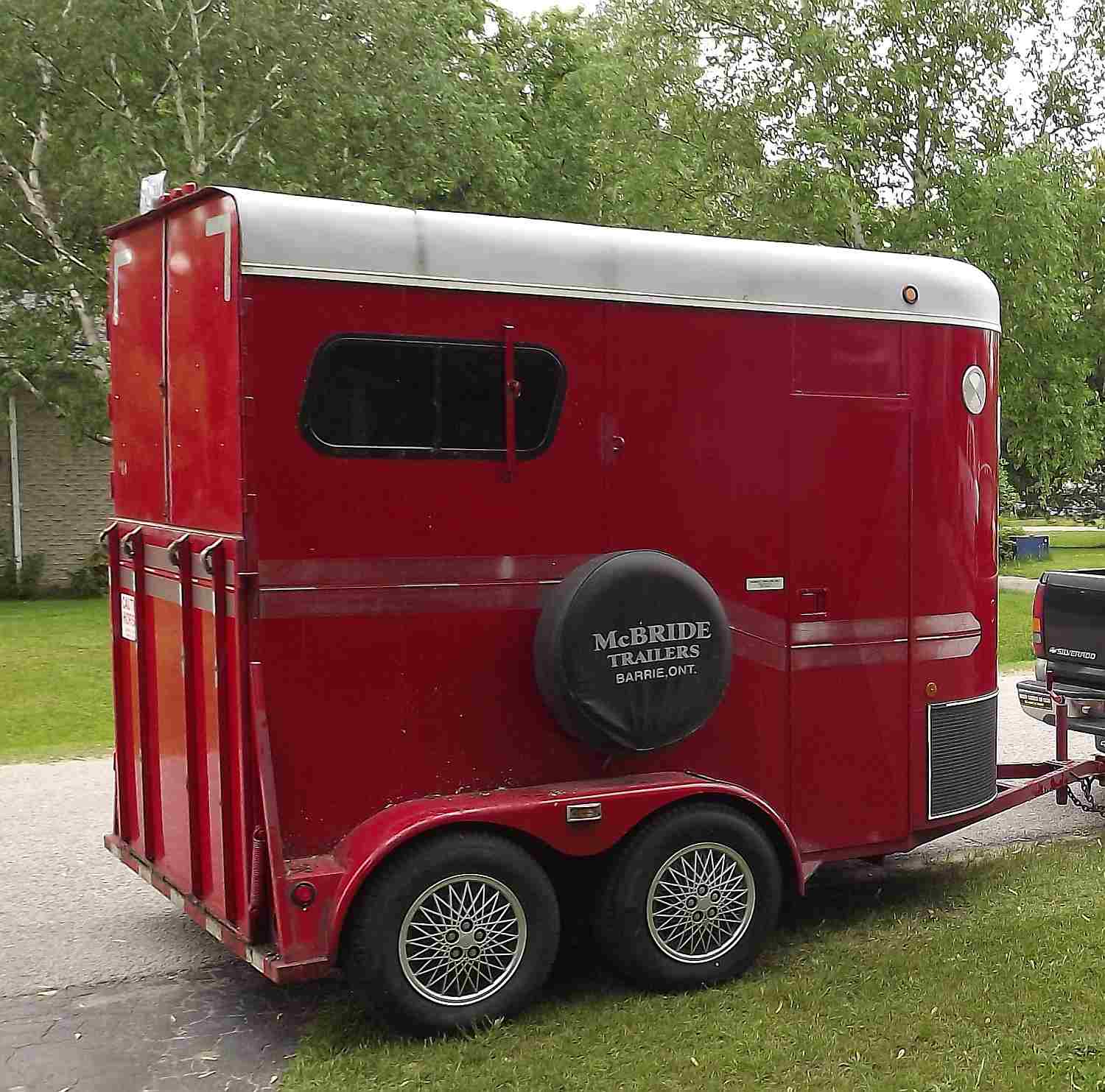
Diving into horse trailer specifications is essential for understanding the overall weight of the unit. The specifications will typically include the Gross Vehicle Weight Rating (GVWR), which is the maximum allowable total weight of the trailer when fully loaded, and the trailer’s empty weight, also known as the curb weight or unladen weight.
Bumper Pull Horse Trailer Weight
The bumper pull horse trailer weight is usually on the lighter side of the spectrum. These trailers are designed to be hitched directly to the frame or bumper of the towing vehicle and are popular due to their ease of handling and lower weight. On average, they can weigh from 2,400 to 3,200 pounds when empty.
Gooseneck Horse Trailer Weight
On the other hand, the gooseneck horse trailer weight is generally higher. These trailers connect over the towing vehicle’s rear axle, which allows them to carry more weight and provide better stability. The weight for a gooseneck trailer starts around 5,200 pounds and goes up depending on size and features.
Horse Trailer Weight Limit
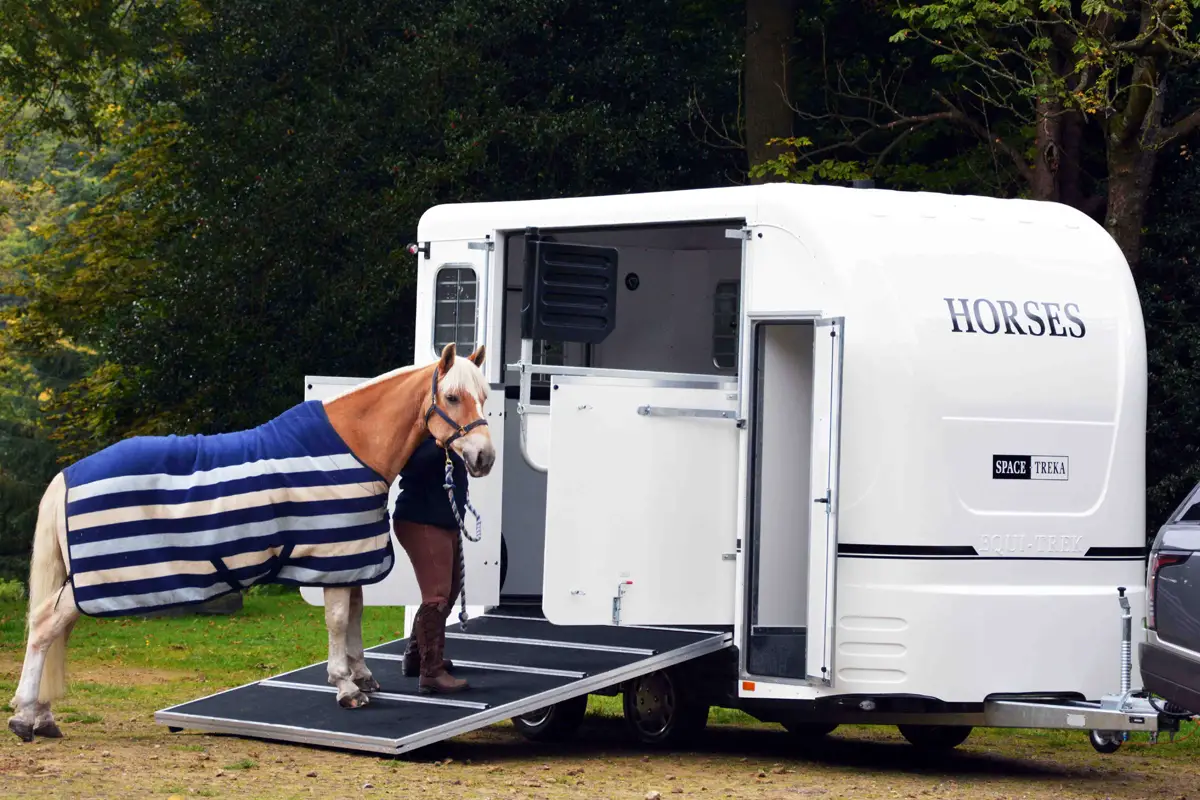
Adhering to the horse trailer weight limit is not just a suggestion — it’s a necessity. Overloading a trailer beyond its weight limit can lead to catastrophic failure of the trailer’s structural integrity or the towing vehicle’s transmission and brakes, posing a significant risk on the road.
Towing a Horse Trailer: Weight Limit Considerations
When towing a horse trailer, it’s crucial to consider the combined weight of the trailer and its cargo in relation to the vehicle’s towing capacity. The weight limit of the trailer, the weight of the horses, and any additional gear or supplies must all be accounted for to ensure safe and legal transportation.
Types of Horse Trailers and Their Weights
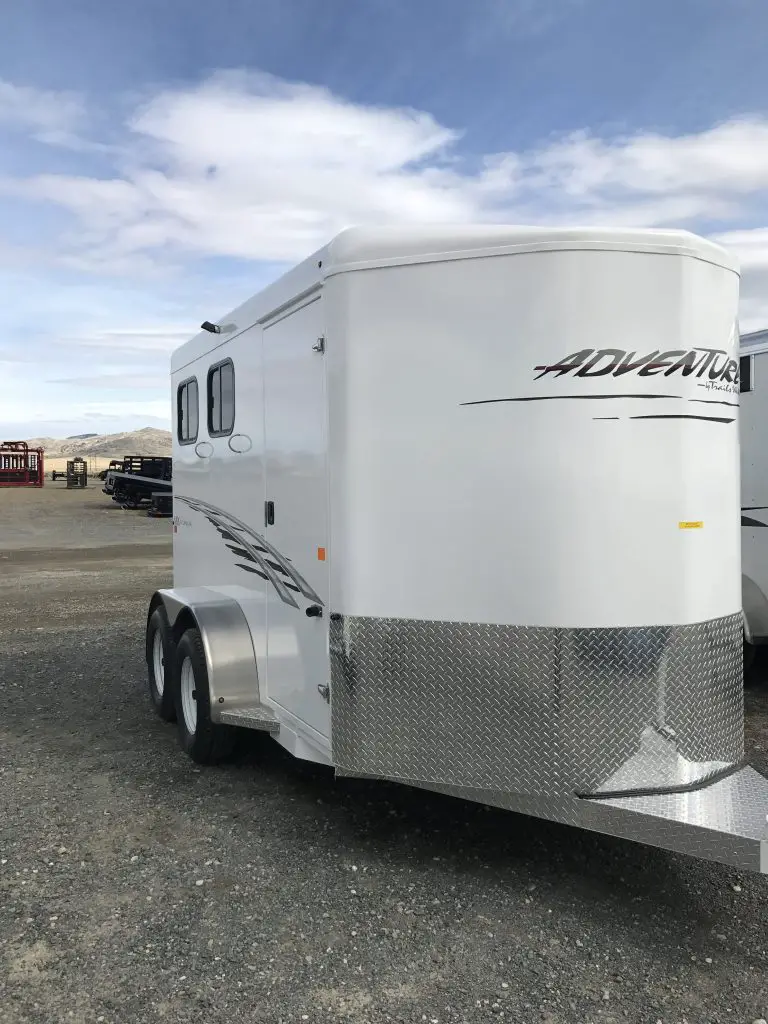
The type of horse trailer you choose will have a direct impact on its weight. Understanding the differences in trailer types is key to selecting the right one for your needs and for ensuring you have the appropriate towing vehicle and equipment.
Bumper Pull Trailers
- Lightweight and maneuverable
- Typically range from 2,400 to 3,200 pounds
- Can be towed by many types of vehicles
Gooseneck Trailers
- Heavier and more stable
- Starting weight is around 5,200 pounds
- Require a pickup truck or similar vehicle with a bed hitch
Horsebox Weight
The horsebox weight is another key consideration, especially in Europe where these vehicles are more common. Horseboxes are essentially trucks that have been converted to transport horses and can vary in weight. The weight includes the vehicle itself plus the horses and gear, easily reaching upwards of 7,500 pounds or more depending on the size and features.
Horse Trailer Weight Comparison
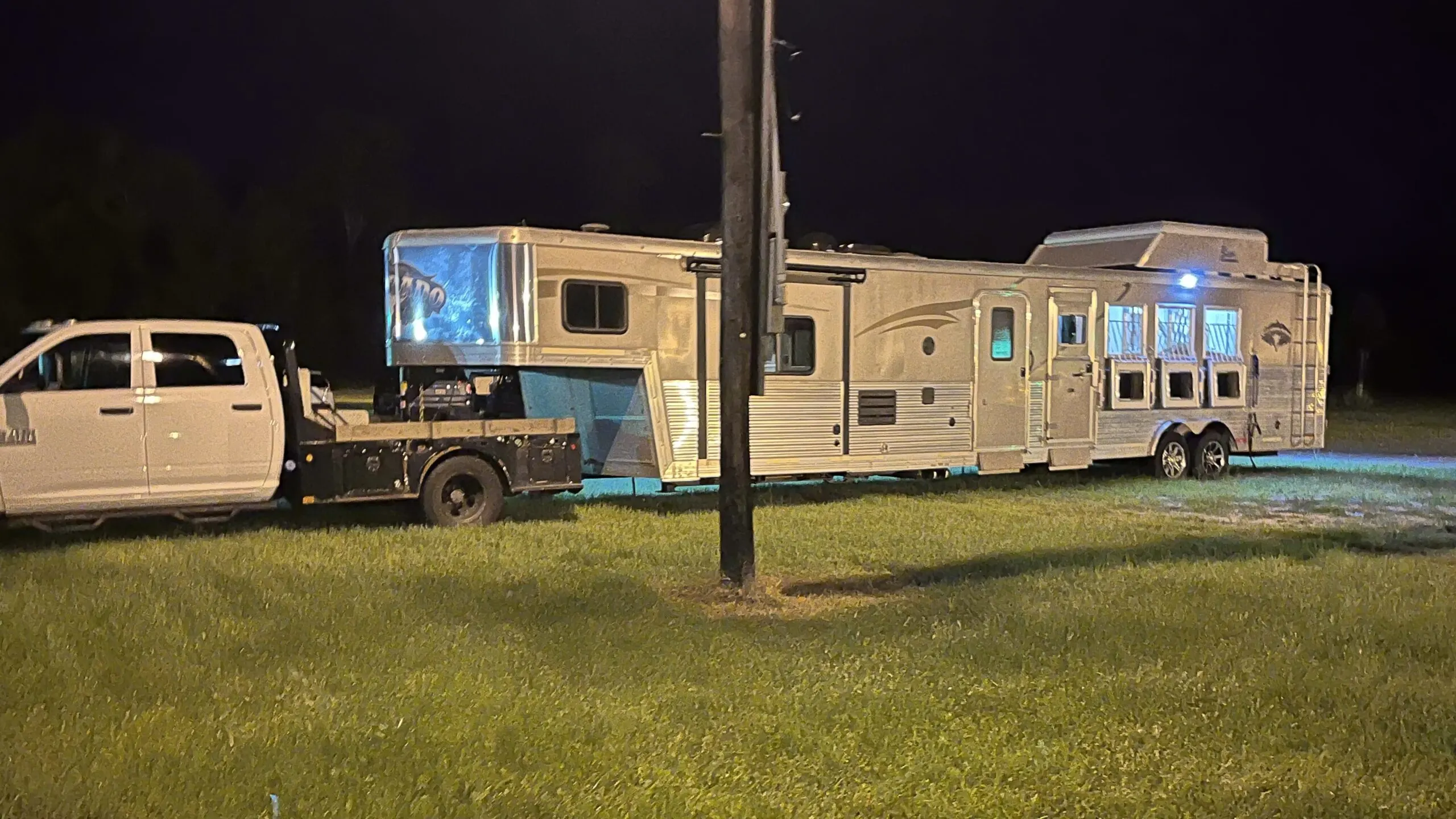
Comparing the weights of different horse trailers can provide insight into which type might best suit your requirements. Factors such as trailer size, capacity, and construction materials play significant roles in the overall weight.
Small vs. Large Horse Trailers
Small horse trailers, such as single-horse bumper pulls, are significantly lighter, often weighing less than 3,000 pounds. In contrast, large trailers designed for multiple horses, with additional features like living quarters, can tip the scales at over 10,000 pounds.
Material Impact on Horse Trailer Weight
The materials used in the construction of horse trailers greatly affect their weight. Aluminum trailers are typically lighter than their steel counterparts, which can make a significant difference in the overall towing weight and fuel efficiency of the towing vehicle.
Towing a Horse Trailer Safely
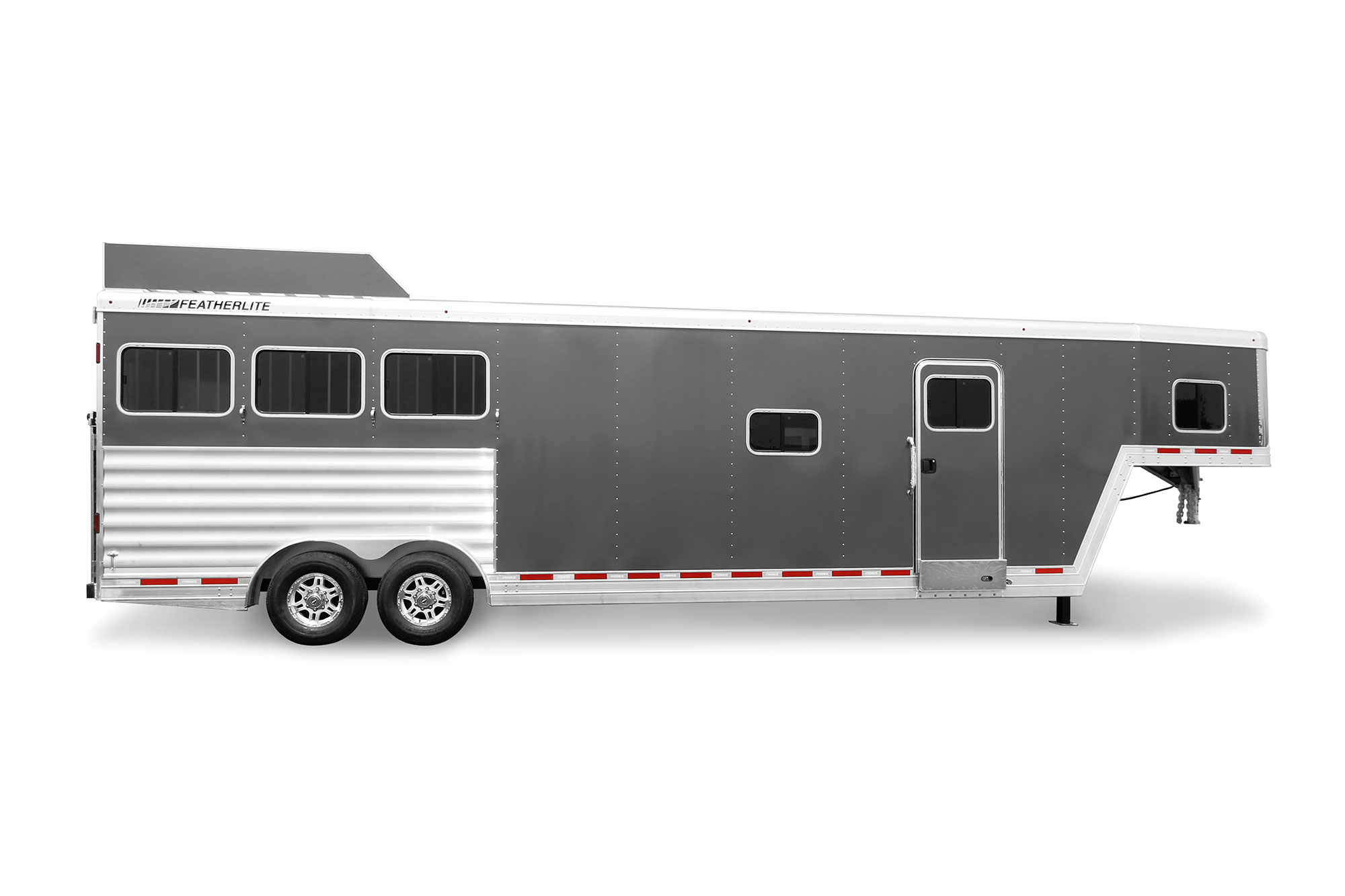
Towing a horse trailer safely is paramount. It requires a combination of the right equipment, knowledge of your vehicle’s capabilities, and an understanding of towing dynamics. Always ensure that your trailer and towing setup complies with all safety standards and legal requirements.
Understanding Your Vehicle’s Towing Capacity
To tow safely, you must understand your vehicle’s towing capacity. This is the maximum weight your vehicle can tow and is determined by the manufacturer. Exceeding this limit can lead to significant safety risks and potential damage to your vehicle.
Choosing the Right Towing Vehicle for Your Horse Trailer
Selecting the right towing vehicle for your horse trailer is just as important as the trailer itself. The vehicle should have the necessary power and towing capacity to handle the weight of the trailer plus horses and gear without strain.
Additional Considerations When Towing a Horse Trailer
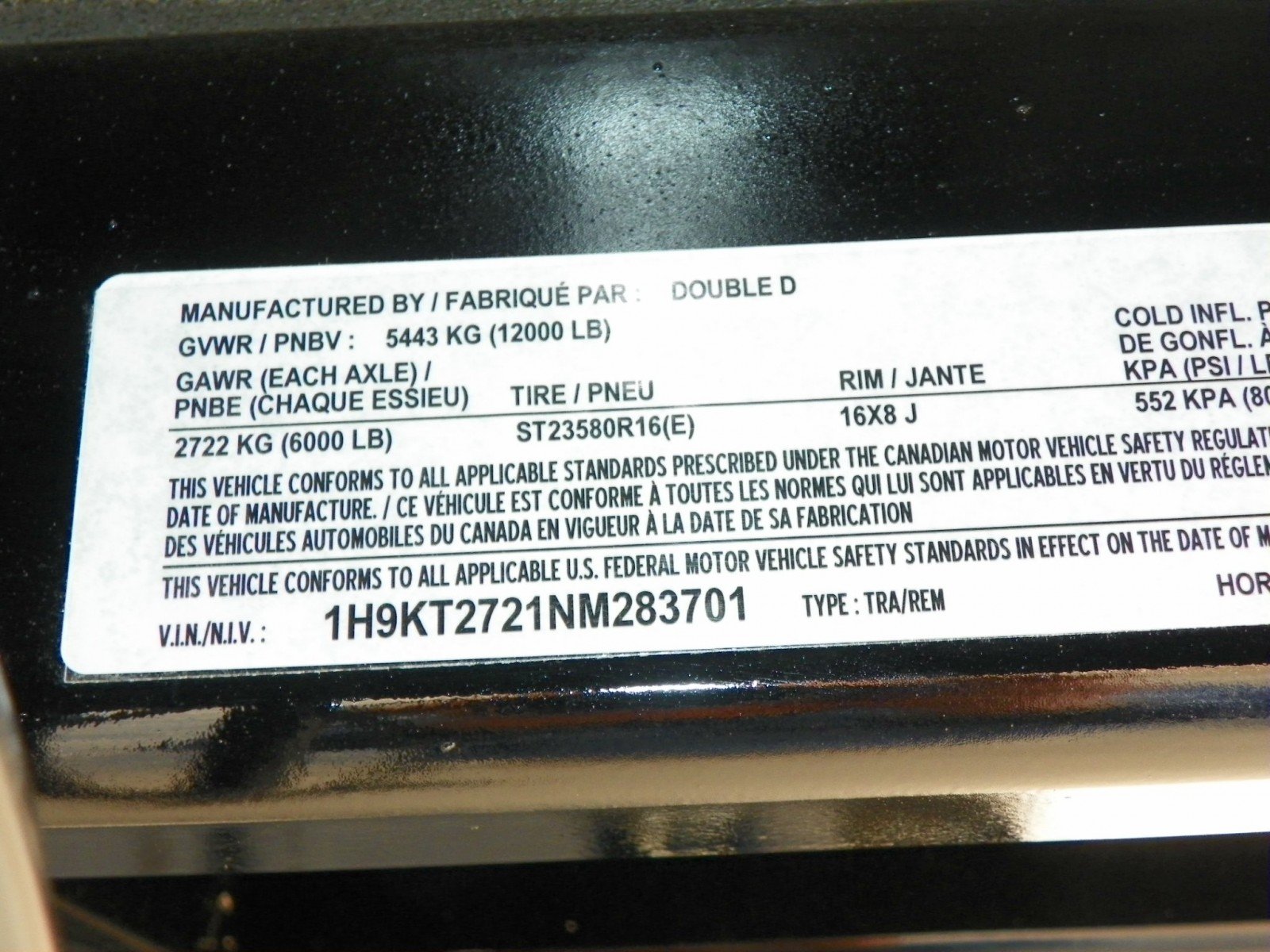
There’s more to towing a horse trailer than simply hitching up and hitting the road. Several additional factors can influence the safety and legality of your towing experience.
Safety Features and Best Practices
Investing in the right safety features, such as trailer brakes, proper lighting, and sturdy hitching equipment, is crucial. Adhering to best practices includes conducting pre-trip inspections, ensuring proper weight distribution, and driving at safe speeds.
Calculating Total Towing Weight
Calculating the total towing weight involves adding the weight of the fully loaded trailer to the weight of the towing vehicle. This calculation is essential to ensure that the combined weight does not exceed the vehicle’s Gross Combined Weight Rating (GCWR).
When preparing to transport your equine friends, it’s essential to understand not only the weight of the horse trailer but also the weight of the animals you’ll be carrying. Whether you own a sturdy Quarter Horse, a Belgian draft, or you’re just considering their different attributes such as coat types, knowing their weights can impact your travel plans. For specifics on horse weights, take a look at our detailed guides on how much a Quarter Horse weighs and the weight of a Belgian horse. If you’re also curious about horse coats and how that might factor into their overall care or transportation needs, our article on horse coats can provide additional insights.
FAQs on Horse Trailer Weights
Understanding the nuances of horse trailer weights is essential for both new and seasoned horse owners. Here are some frequently asked questions that can provide further clarity on this topic:
- How do I find the weight of my horse trailer?
- What’s the difference between GVWR and GCWR?
- How can I increase my vehicle’s towing capacity?
- Is it better to have a lighter or heavier horse trailer?
- What are the consequences of towing a trailer that’s too heavy?
Each of these questions addresses critical points that will aid in ensuring your trailering experience is as safe and efficient as possible.



